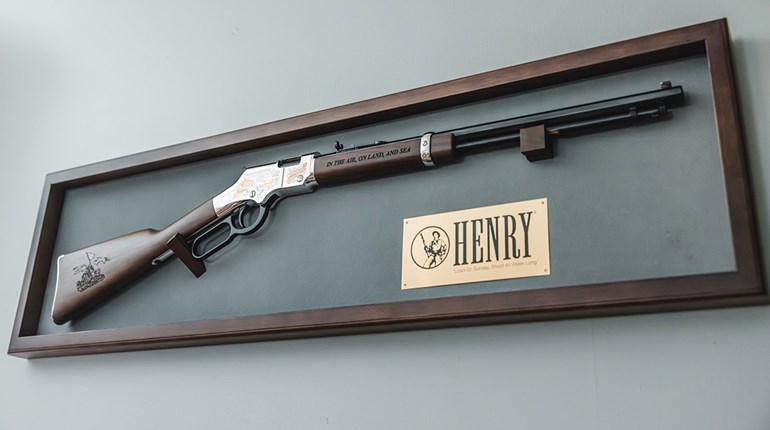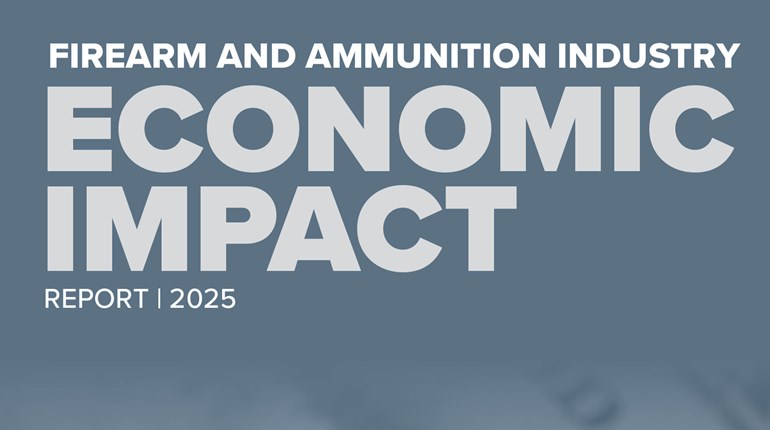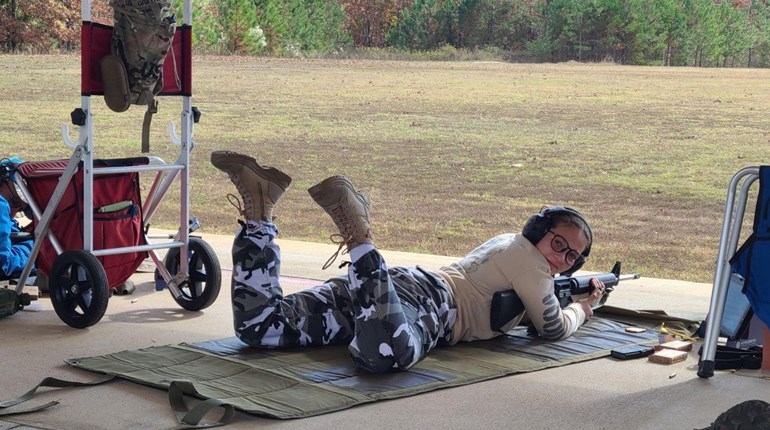
It’s been said that certain rifles and pistols during the late 1800s “Won the West,” and in a sense that’s true. But it was the common, generic double-barreled shotgun that helped most settlers and their families survive on America’s frontier. Why? Because those shotguns, when compared to rifles and pistols, were versatile, dependable, and most of all, affordable.
Loaded with shot, shotguns were effective for taking small game; loaded with either buckshot or a pumpkin-ball slug, they could even down big game. And as for self-defense, well, there was no better weapon at close range. The ubiquitous shotgun was the firearm that stood in the corner behind many a kitchen door, always at the ready for any situation. Those historic shotguns were hinge-action, also sometimes known as break-action. By the shooter activating a lever, the shotgun swung open at the gun’s hinge for loading and unloading.
Things are a bit more complicated for shotgunners today, however, with five actions available to now choose from. Which is best for you if you’re considering buying your first scattergun? Below is a description of some of the pros and cons of each action to help you get started narrowing the choices.
Hinge-Action or Break-Action: Still very popular today, these single-barrel or double-barrel shotguns are simple to use, a near no-brainer to load and unload. And most of these shotguns quickly disassemble into three main parts—stock, barrel(s), and forend—making cleaning easy and efficient.
The single-barrel models are inexpensive and a good choice for a young hunter or shooter when introducing him or her to shotgunning. Years ago, when my father felt I was old enough to begin hunting small game with him as a young teenager, he handed me a short, lightweight .410 shotgun. It was a good gun to help teach me firearms safety and handling, but the small gauge put so little shot downrange that I had trouble hitting much of anything. It wasn’t until I eventually graduated to a 12-gauge that those Midwest rabbits and pheasants began tumbling with any consistency. In retrospect, a 20-gauge would have been a better choice for me at that age.
Double-barrels, on the other hand, can run many hundreds if not thousands of dollars. And if you choose a double-barrel, you’ll have to decide if you want the barrels stacked on top of each other, known as an over/under design, or side-by-side. Most shooters and hunters today who own these classy shotguns prefer over/unders, but classic side-by-sides may be making a comeback. Try shooting each style before you buy.
The advantage of having two barrels on a shotgun is that you have the benefits of using two chokes at the same time—a different choke in each barrel. Choke, by definition, is the slight constriction in the diameter of a shotgun barrel that controls how quickly the shot spreads as it exits the barrel.
For instance, when upland bird hunting, many hunters prefer an improved-cylinder choke in one barrel (to help spread the shot more quickly), and a modified choke in the other barrel (to help hold the shot together longer). By shooting the improved-cylinder barrel first, when the bird flushes and is relatively close, they have a better chance of hitting it. But if they miss, the modified-choke barrel, fired second, gives them a better chance of hitting the bird at a further distance.
Pump-Action or Slide-Action: If you’re looking for a rugged, dependable shotgun, this style is the one for you. There is a reason why waterfowl hunters, turkey hunters, law enforcement agencies and military units use these shotguns—they can take some hard knocks and still function well. Rain, snow, dirt, mud, heat and cold are no problem for these tough shotguns.
Pump-action or slide-action shotguns get their name from the fact that you have to pump or slide the forend of the gun back and forth to load and unload the gun. For cleaning, these guns are a bit more complicated in their disassembly and reassembly when compared to hinge-action/break-action shotguns.
Semiautomatic-Action: If taming recoil is a concern, consider these shotguns. They can be a little more expensive than the others, but may well be worth the price for their relative comfort of shooting. When fired, these guns use a gas system to operate their actions, instantly extracting a spent shell and loading a fresh one. The gas comes from the fired shell, so as a result there is less felt recoil by the shooter.
Because the guns automatically reload themselves, these shotguns offer quick second and third follow-up shots. Consequently, semiautomatic shotguns have become popular with waterfowl hunters, skeet and sporting clays shooters. They can be more complicated to disassemble and reassemble than the other styles, and must be kept clean internally to function properly.
Bolt-Action and Lever-Action: These two actions can be lumped together because they are not popular choices for shotgun shooters. Bolt-action and lever-action guns make great rifles, but not so much with shotguns, as follow-up shots are slower than with the other three actions. So much so, that it’s even difficult to find these two actions available in shotguns today, as they have faded in popularity over the years.
Philip Schreier, director of NRA Museums, added the following: “The bolt-action shotgun was mostly made for goose hunting; they had longer barrels and most had three to five-round box magazines. The Winchester 1887/1901 lever-action shotguns were the first successful repeating shotguns, but never captured the public’s attention.”
That said, stay with hinge-action/break-action, pump-action/slide-action, or semiautomatic-action, and you will do well. But it’s only by shooting those various shotguns before you buy that you will know which is best for you and your budget.
Lastly, no matter what shotgun action you ultimately choose, and whether you buy new or used, 12-gauge or 20-gauge, keep in mind that no shotgun will perform as well as it can until it has been properly fitted to your specific body measurements. The shotgun may or may not need to be altered, but only a professional gunsmith can make that determination. To learn more about this next step in successful shotgunning, click here.





































